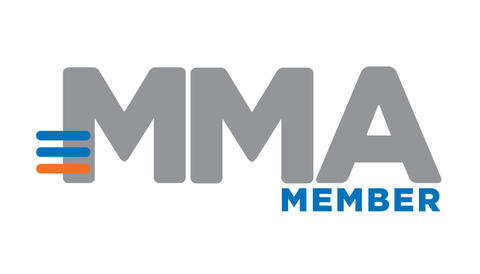April 25, 2008
Mobile Advertising:
READY FOR PRIMETIME
Jeffrey R. Miller, President, Telescope Inc.
If Winston Churchill was around today, he might say something along the lines of, “TV is not the best marketing channel, except for the fact that there are none better.” That may be starting to change with the explosion of participation media – connecting interactive media to the reach of traditional media. This coincides with the growth of mobile marketing for brands, agencies, content owners, and mobile operators.
Nowhere is participation media more prevalent than in television. This integrated TV-mobile genre includes:
· The show that launched the US market, voting on “American Idol” and other major network programs;
· A wide range of content from the “World Series of Pop Culture” game show on VH1,
· To “Super Liga” sports coverage on Univision Spanish-language media;
Indicating that mobile marketing when connected with participation television is ready for primetime, literally.
The combined reach and interactivity of a TV-mobile call-to-action has all the hooks an advertiser wants – action, accountability, and allegiance:
1. Participation TV content captures the attention of mass-audiences in real-time.
2. The immediacy of mobile integration delivers personalized impressions, returns consumer leads and acquisition, with measurability.
3. Opt-in leads to ongoing permission-based marketing with individuals.
TV-Mobile Ads Evolution & Examples
Participation television has evolved over the past seven years in the US, and so has the associated advertising. Below is a short summary of how mobile voice, text messaging, and mobile internet are implemented.
Mobile Ads integrated with TV deliver necessary scale and results
1. Sponsorship - Mobile advertising started with wireless carrier sponsorship, providing brand integration and mass impressions through TV, phone and text message voting, such as AT&T with “American Idol” and Verizon Wireless with “Rockstar.” Consumer product brands also joined, for example Motorola sponsored mobile user-generated content aired on E! television’s “Live from the Red Carpet” coverage of major entertainment awards.
2. Targeting – More recently, advertisers have taken advantage of mobile’s ability to target consumer segments and the offer. For “Make Me a Supermodel” on Bravo, messages to Alltel customers promoted the My Circle offer, while messages to other consumers promoted different content.
3. Personalized Multimedia – A prime example of where the category is going comes from Sprite’s sponsorship and mobile advertising with the NBA 2008 Slam Dunk Contest, which was decided live by the home audience for the first time. In addition to brand placement in mobile vote response messages, consumers received mobile internet content, customized dependent on whether the individual has interacted with the Sprite Yard social network.
4. Ad Response – The next step is to add mobile short codes as a response channel to TV commercials, leveraging the availability of wireless phones and their impulse use. As brands ranging across Frito-Lay, Degree deodorant, McDonald’s, and even pharmaceuticals feature cell phones and text messaging lingo in their ads, mobile communication will integrate with the ad message.
More than ever, the continued growth of non-scripted broadcast and cable television programming creates prime opportunities for marketers to leverage the mobile channel for both targeted branding impressions and measurable direct response leads.
Jeffrey R. Miller,
President, Telescope Inc.

